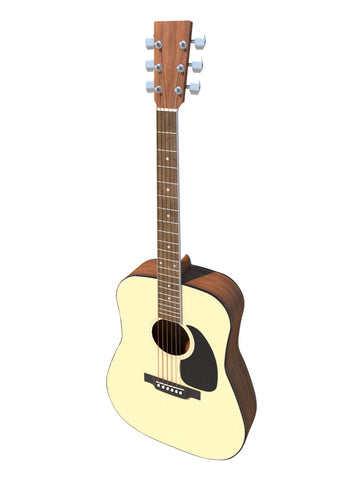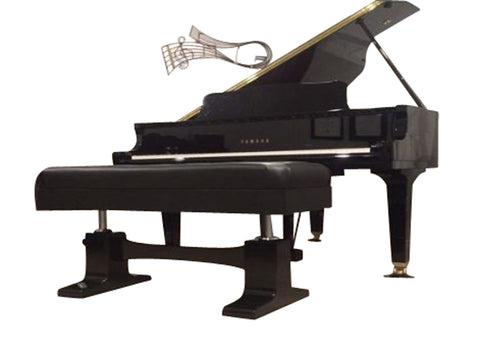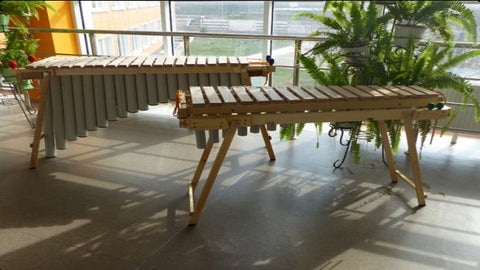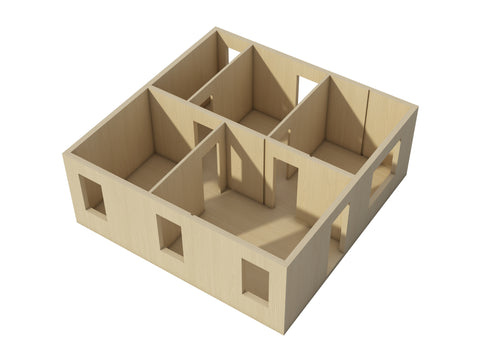Outdoor Wooden and Concrete Garden Bench - DIY Plans - Park Bench Seat Build Your Own.
Outdoor Wooden Bench With Concrete Base Plans DIY.
Park Bench Seat Plans DIY.
These DIY plans will show you how to build your own Outdoor Wooden and Concrete Garden Bench.
What Are Concrete and Wooden Benches?
If you want to buy a bench for your garden, you can select between concrete and wooden benches. You must first decide the look you want for your bench, then choose the materials for its construction. You should also be aware of the cost and installation. This article will help you make a choice.
Benefits of concrete and wooden garden benches
A concrete bench can be both comfortable and attractive. With its light tone and contemporary design, it can go well with any decor. Its durability depends on how you care for it. If you want to preserve its natural look, you can apply a sealant to prevent staining or fading.
Concrete benches are versatile and inexpensive. They are available in many different colors and styles. They mimic the look of natural stone. Depending on your taste and your budget, you can choose a shade that complements your garden. Alternatively, you can choose a patterned or painted concrete bench for an added splash of color.
Concrete garden benches are ideal for formal or informal gardens. They blend into any landscape. In addition, they are low-maintenance and can be tailored to suit your specific needs. Moreover, they are inexpensive and do not require any ornaments.
Materials used to make them
There are a couple of different ways to make a concrete or wooden bench. The first is by making a concrete form. You can buy pre-mixed concrete bags that weigh about 25 kg. This concrete is easy to mix, and you only need to mix one part cement to two parts sand, and three parts gravel. Measure how much concrete you will need and add extra as needed if you want to change the size of the bench. For instance, if you're constructing a bench of any size, you'll need about 12 litres of concrete.
Another type of bench is made of fiberglass, which is lightweight and versatile. It is available in a variety of colors and designs and can be used both indoor and outdoor. It is also resistant to rust and is waterproof. It can complement any facility, which makes it a great choice for parks, restaurants, and food courts.
Costs
If you're looking for a durable, long-lasting bench for your park or public space, consider a concrete bench. Concrete benches are available in many colors and finishes and can be etched or polished smooth. You can even choose a finish that's resistant to scratching and stains. These types of benches also come with skateboard deterrents.
Whether you choose a wooden bench or a concrete bench depends largely on your personal tastes. A wooden bench may not age very well and is prone to chipping, staining, and scratching. But if you're going for a rustic look, you may not care if your bench gets a little dirty or weathered. Alternatively, you can opt to apply a sealant to concrete benches to protect them from damage.
If your space is small, a concrete bench may be the best option. These lightweight benches can blend in with an outdoor space. You can also choose a concrete bench with a flower pot fitted on top of it. A concrete bench can withstand harsh weather conditions.
Installation
The installation of concrete and wooden benches requires the use of a site plan. Concrete benches can be constructed with either a standard or custom footing. Concrete cube benches are stable and durable and are best placed in the afternoon shade, next to seating areas for entertaining guests. They should be spaced approximately three to five feet apart. If the benches do not have vertical support, spacing should be no more than six feet.
Concrete benches should be leveled. A concrete pad should be at least 4 inches thick and even with the surrounding ground. Once this is done, it is easy to attach the benches using a variety of fasteners. Concrete benches can be secured to a concrete pad using three-quarter inch tap-in concrete anchors.
If you are installing a concrete bench, it is best to enlist the help of someone to help you flip it over. You will need to remove any packing material from where the legs fit in. Next, you will need to secure the legs with a 2 X 4 and 9 3/8 X 3/4 X 3/8 plywood.
All DIY plans are designed or reviewed by Ben Stone. Ben is a retired Engineer in Canada. Ben also drafts these himself using the latest AutoCAD software to ensure accuracy. He studied Engineering back in the early 1980's. After over 30 years in the Construction industry he developed a passion for building cool items around his farm and cabin. These are great DIY projects. With a little skill anybody can Do It Yourself. Ben is always a email away if you have any questions while building one of his projects. He is adding new plans all the time.














